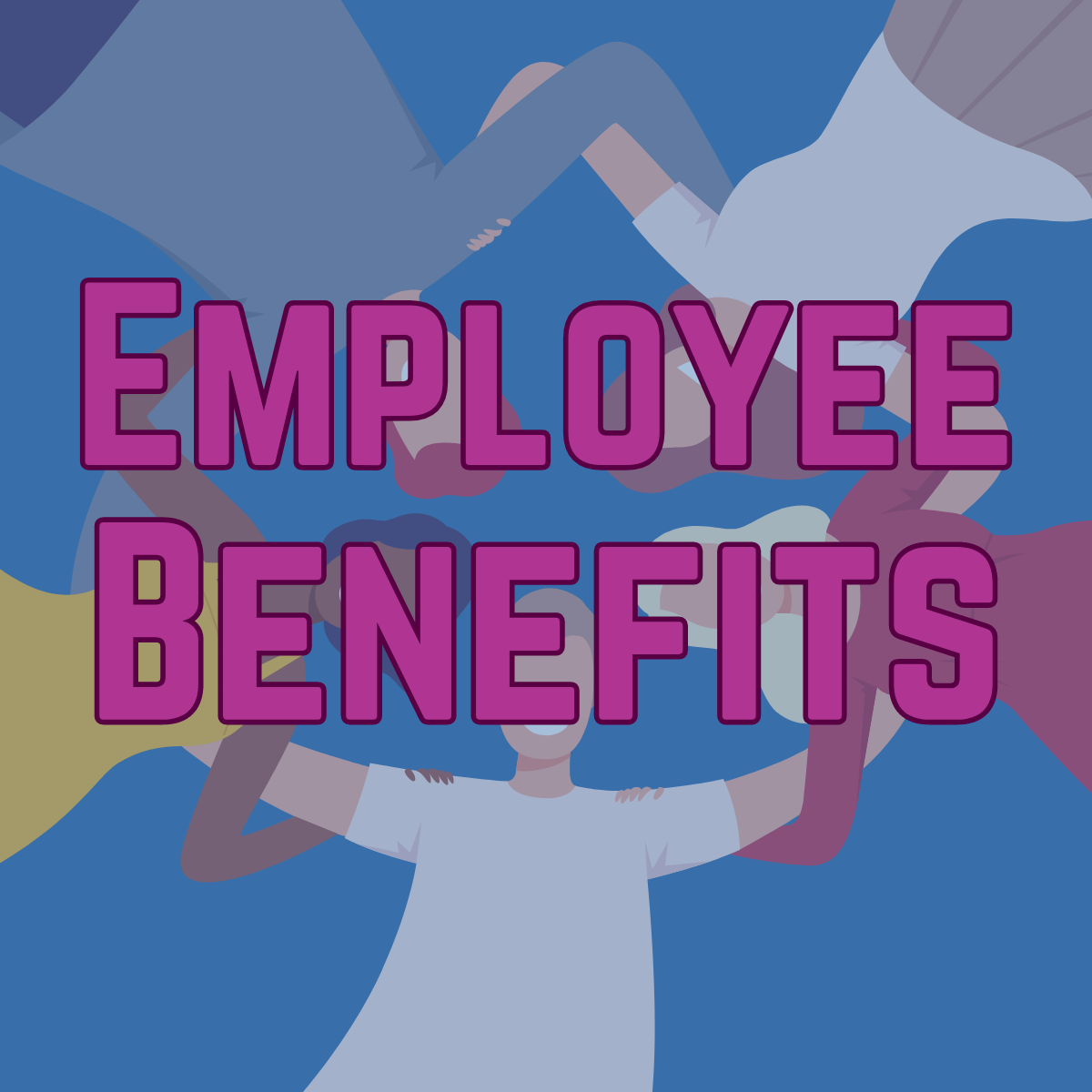The Evolving Workplace: Viewing Changes Positively
Submitted by My Benefit Advisor
 The modern work environment is evolving at a remarkable pace. There are countless ways that the workplace today differs from that of just five years ago and it’s unlikely that the pace of change will slow anytime soon. For many people, changes in the workplace can create stress and discomfort as they are pushed to vacate long-held norms and practices and attempt new ways of working and interacting with fellow employees and company leaders.
The modern work environment is evolving at a remarkable pace. There are countless ways that the workplace today differs from that of just five years ago and it’s unlikely that the pace of change will slow anytime soon. For many people, changes in the workplace can create stress and discomfort as they are pushed to vacate long-held norms and practices and attempt new ways of working and interacting with fellow employees and company leaders.
But change is good, and in fact, it is essential to virtually all aspects of business life. Typically, companies that modify their practices to adapt to change open the doors to creative opportunities and often thrive, while those that fail to adapt to these changes can stagnate or even fail. The stale environment these companies foster stifles creativity and the birth of new and forward-thinking ideas. And many times, it’s these new ideas that lead to better opportunities for overall success through more efficient operations, fresh new products or unique, cutting edge services.
Forces Impacting a Company’s Need for Change
The new look of today’s workplace is due to a variety of factors, each of which may impact individual companies to various degrees. Here are a few forces that may work to pressure company leadership to consider changes to established practices:
· Employee Demographics… For possibly the first time in history, there can be five different generations in the workplace. Each age group comes with a unique perspective on their work responsibilities and have life-style specific needs and interests. For employers, understanding this multigenerational dynamic and its implications is essential for driving innovation and maintaining cohesive and productive work groups.
· Changes in Workplace Structure… The pandemic changed the traditional model of work in an office environment. Today, most people work remotely and although many firms have tried luring workers back to the office, for the most part, they’ve had limited success. Hybrid work models are likely the norm going forward but will pressure the company’s employee culture, engagement and productivity methods and levels.
· Changing Focus on Diversity… The employee population of today has seen shifts in gender roles and includes an ever-widening range of racial groups and ethnic backgrounds. Many of these groups are commanding a greater sphere of influence and power. As a result, employers are offering enhanced health benefits, flexible work-from-home arrangements and racial, gender and pay equity. Employers have recognized that creating an inclusive culture is important to the success of their company and its long-term growth and profitability, since today’s employees are quick to begin searching for new employment if they feel their needs are not being met.
· Changes in Government… Whether on a local or national level, changes in government invariably involves a shift in political agenda, which often times impacts how businesses operate. In obvious terms, this can refer to compliance issues, but employers need to also look carefully for indirect and more subtle impacts as well.
In short, employers should view change as good. Today’s workplace demands constant attention to changing dynamics, but the reward for adaptation to needed changes often means the difference between success and failure.
The Pittsburgh Technology Council offers its members access to My Benefit Advisor as a solution for employee benefits, including voluntary offerings. For more information about My Benefit Advisor, visit our website at ptc.mybenefitadvisor.com or contact Rob Higginbotham at (855) 717-2864.